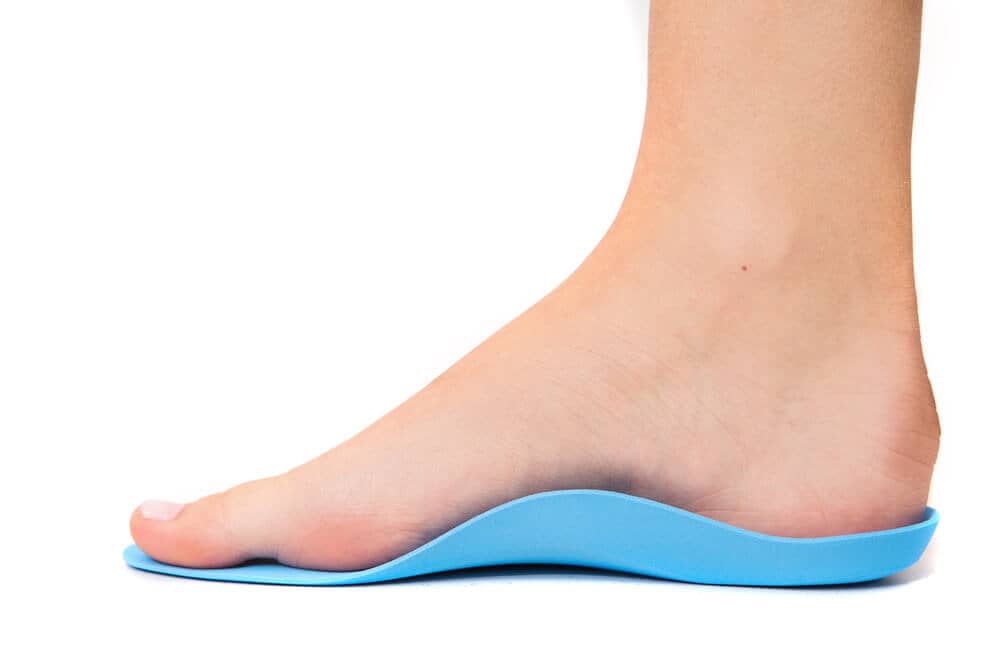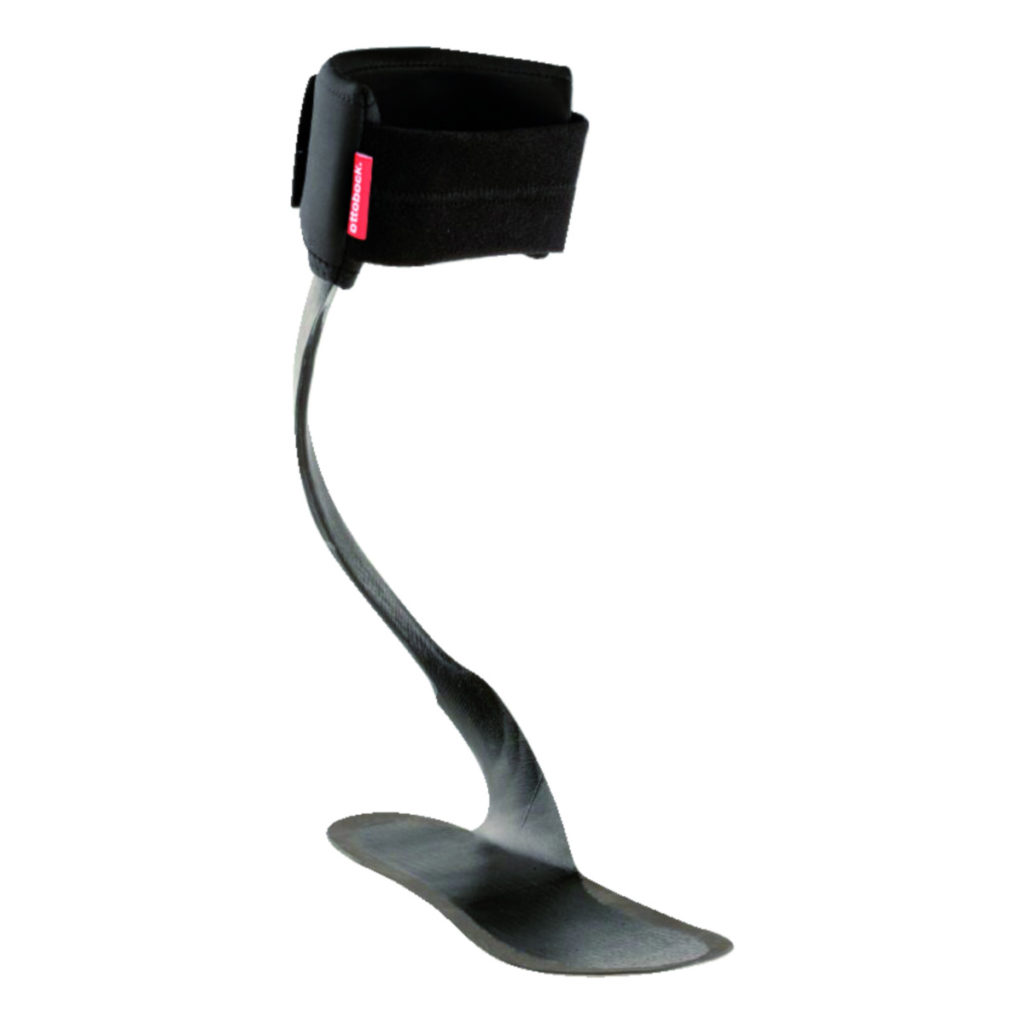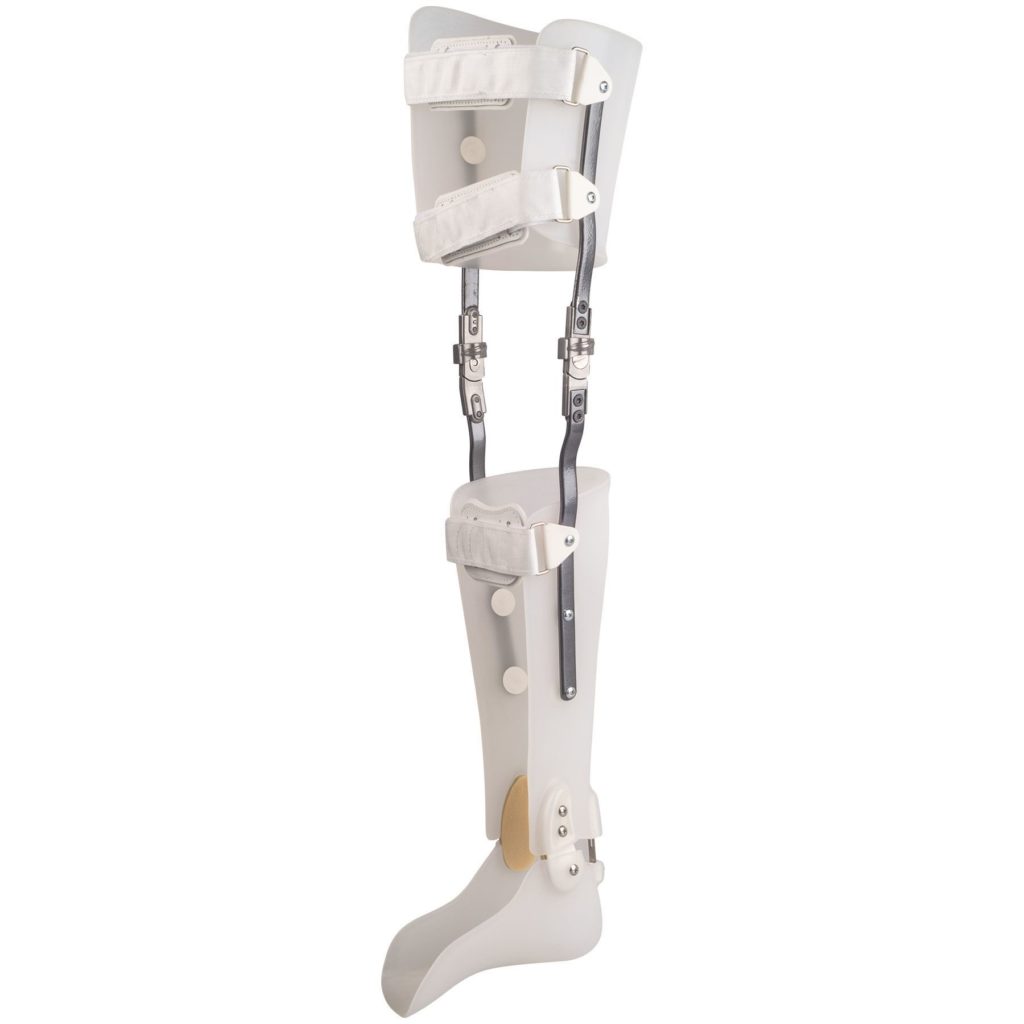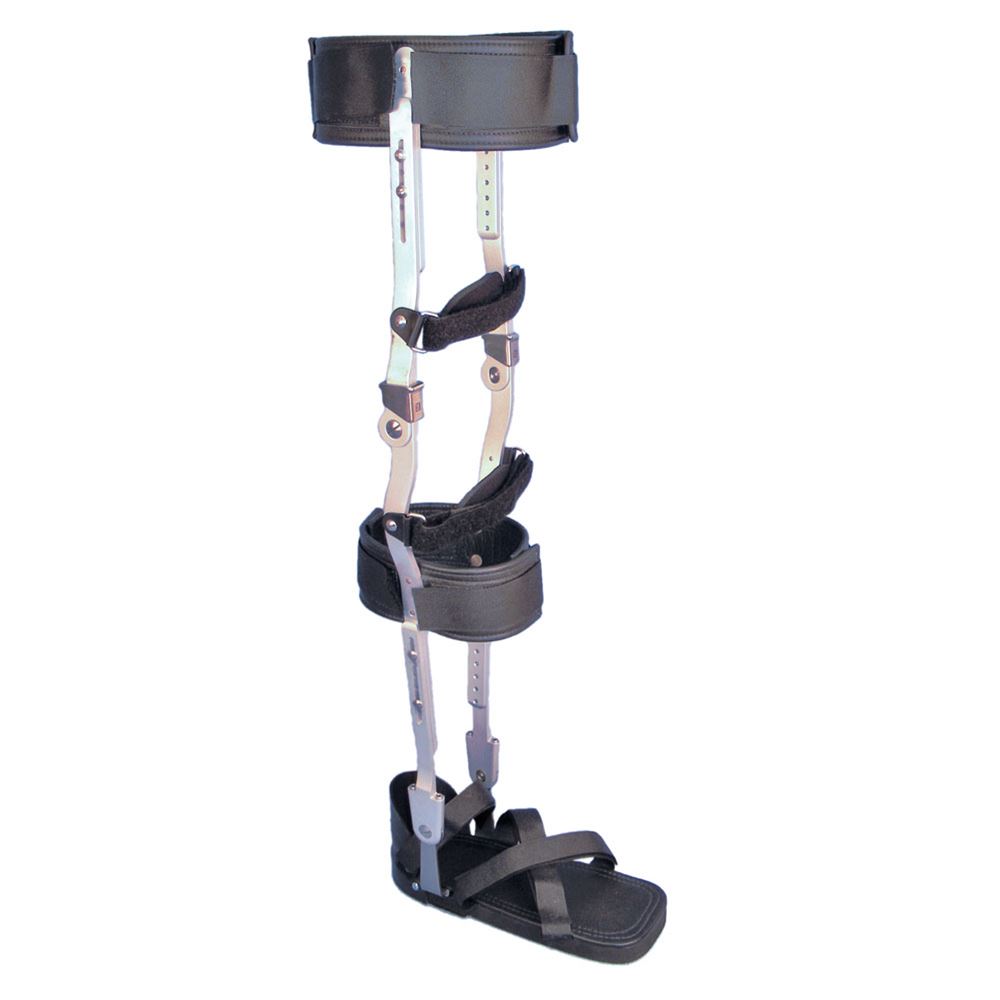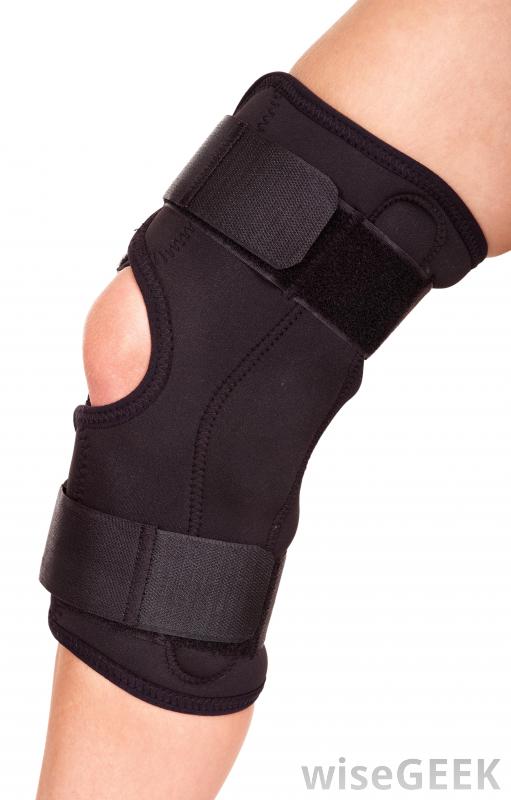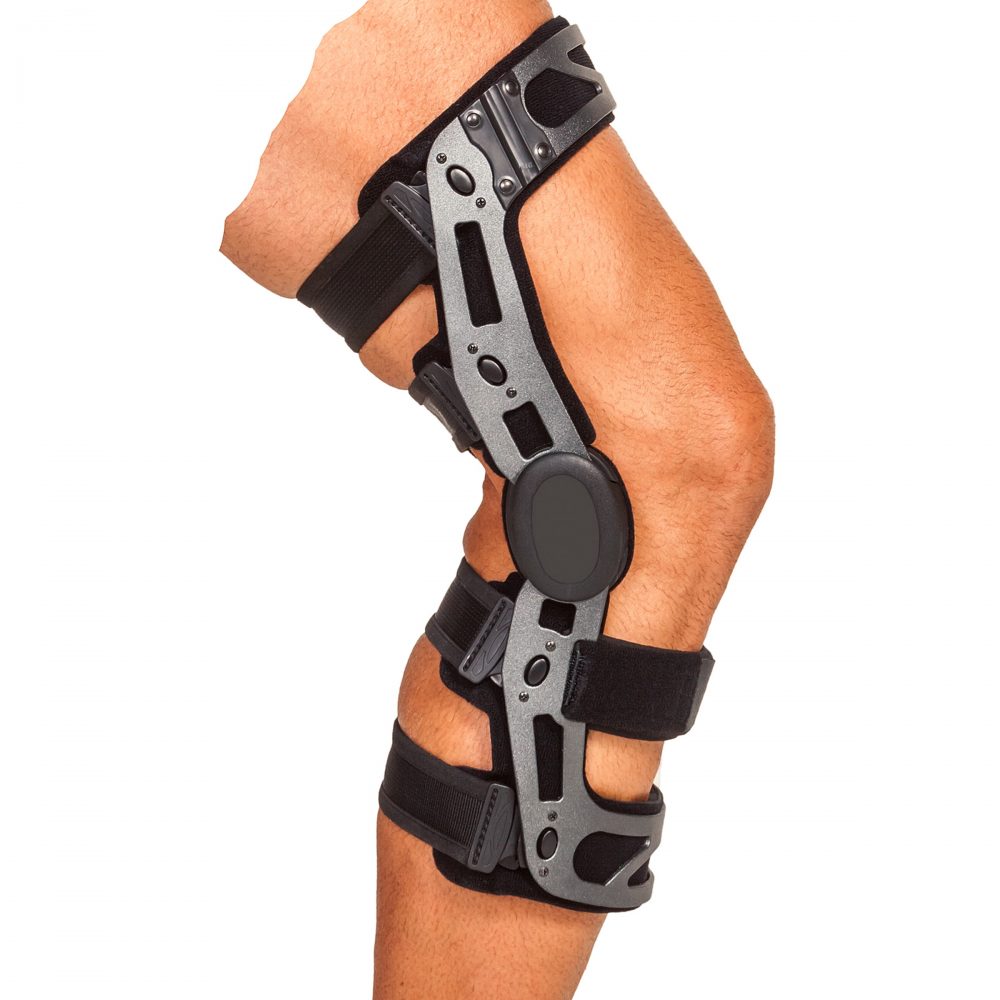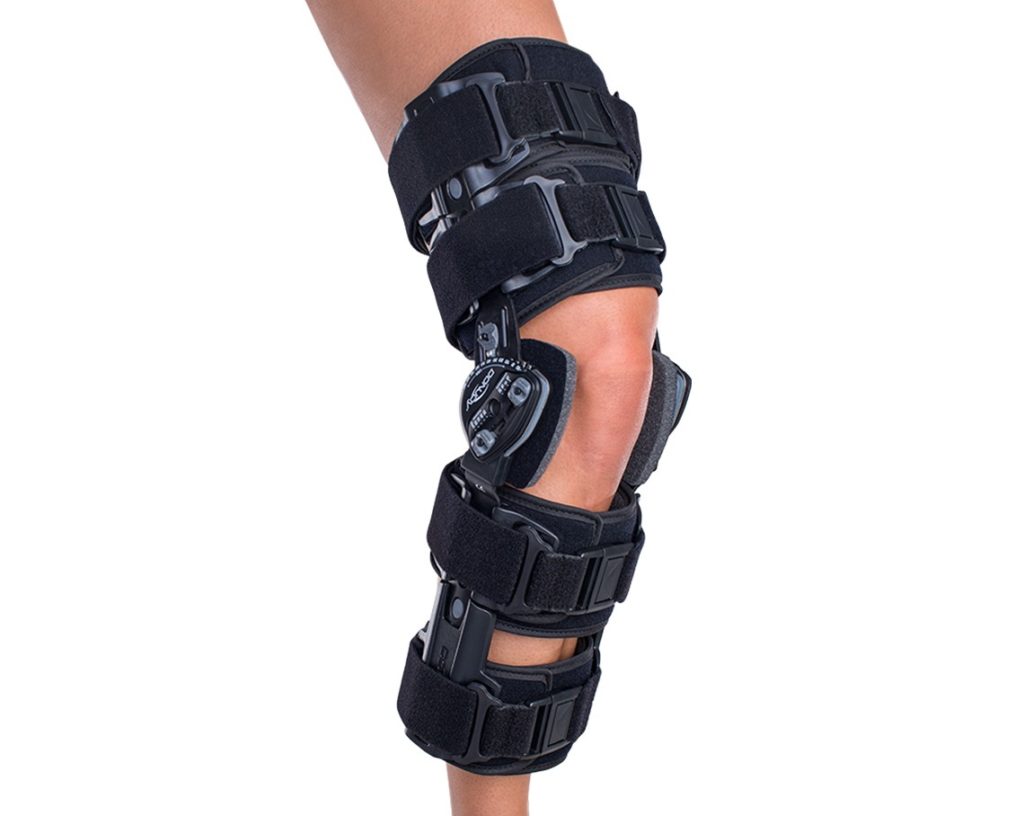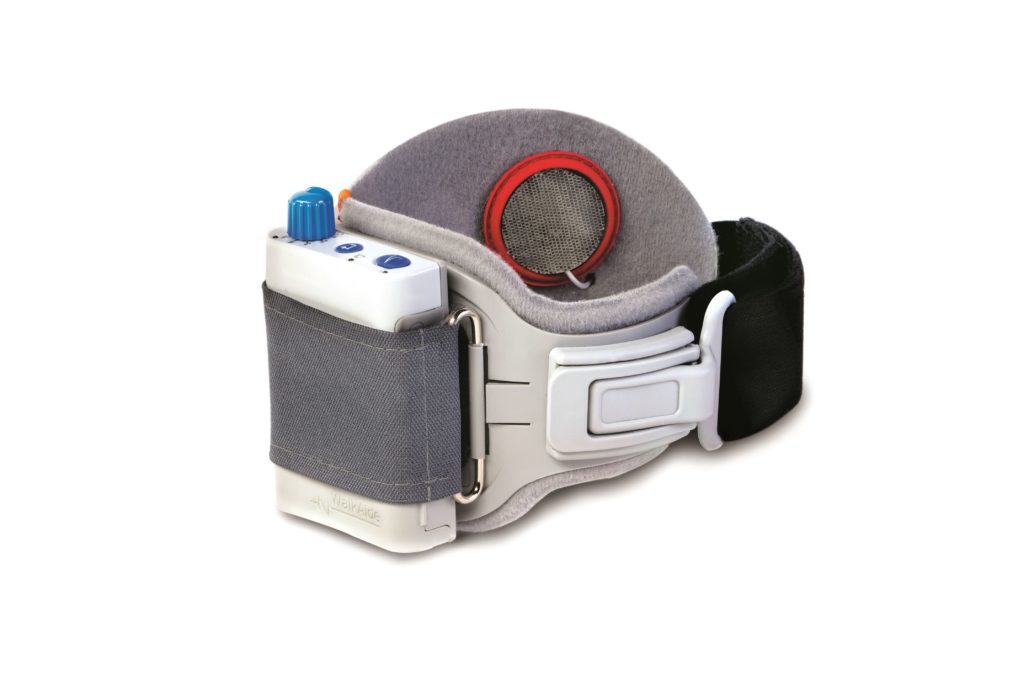Adult Lower Limb Orthoses
Cutting-Edge Lower Limb Solutions for Support
Foot Orthotics
Foot orthotics are provided via prescription. They are specially fitted to insert into a shoe for the insole or footbed for support. Their use is designed to alleviate foot pain, and assist those experiencing issues with walking, standing, and running.
Conditions Treated:
diabetes, plantar fasciitis, bursitis, and arthritis, and biomechanical foot issues.


